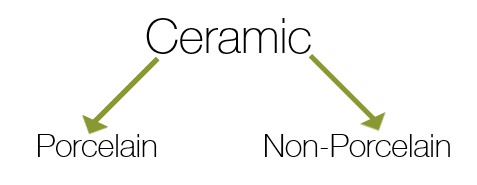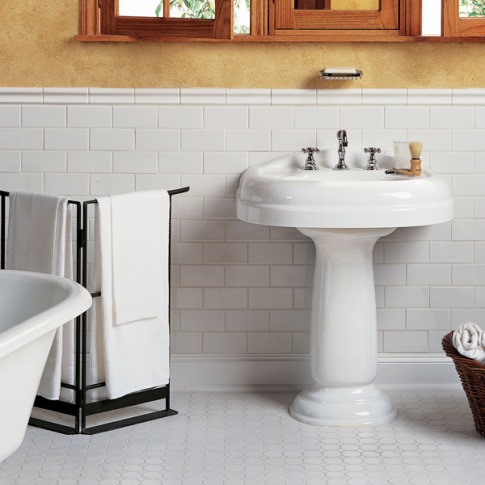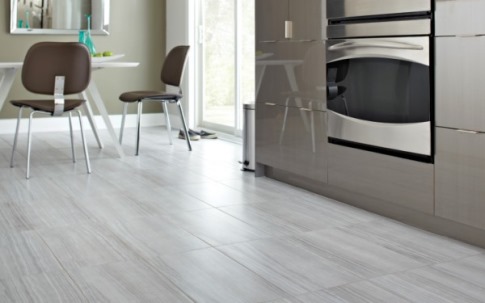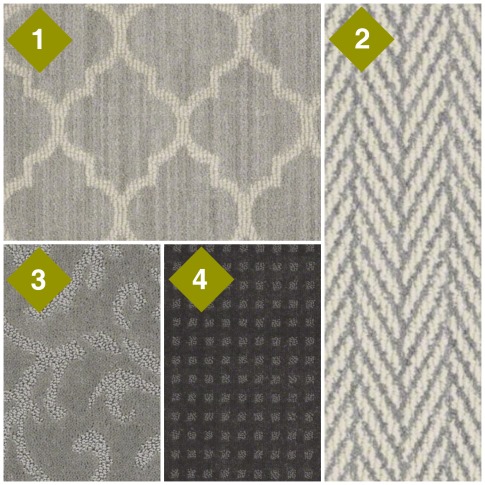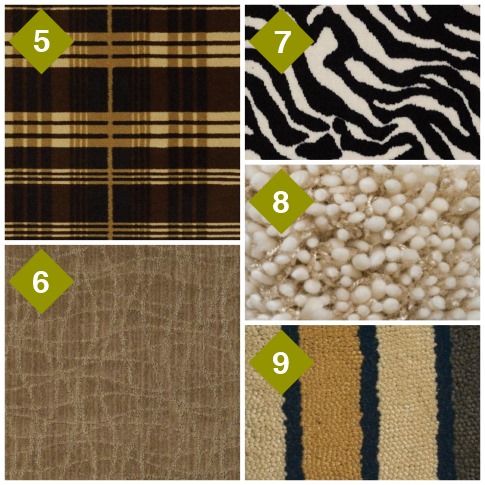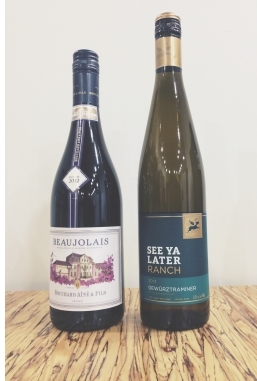 We have picked two wines to grace your Thanksgiving table this fall. Both red and white wines have a place beside the delectable main course, the turkey. For those who prefer red, a classic French Beaujolais pairs nicely with both light and dark turkey meat. White wine lovers don’t have to be left out on Thanksgiving Day. An aromatic white like a Gewürztraminer picks up on the herbs and stuffing of the turkey.
We have picked two wines to grace your Thanksgiving table this fall. Both red and white wines have a place beside the delectable main course, the turkey. For those who prefer red, a classic French Beaujolais pairs nicely with both light and dark turkey meat. White wine lovers don’t have to be left out on Thanksgiving Day. An aromatic white like a Gewürztraminer picks up on the herbs and stuffing of the turkey.
2012 Bouchard Aine & Fils Beaujolais
Our favourite BC liquor store employee steered us toward one of her favourite Beaujolais wines from Bouchard Aine & Fils. For those unfamiliar with the name Beaujolais, grapes for Beaujolais wines can only be grown in precisely defined Beaujolais areas within the wine-growing region of Burgundy. Made from 100% gamay grapes, this Beaujolais is fun, fruity and expressive. The taste is an elegant bouquet of cherries and plums with a subtle flowery finish. This classic French wine was finished off quickly by the members of our team who love red wines.
2013 See Ya Later Ranch Gewürztraminer
Since a holiday in BC is best celebrated with a BC wine on the table, we looked to the Okanagan for a great Gewürztraminer. The one from See Ya Later Ranch does not disappoint. It is composed of blend of grapes that most wine newbies have trouble pronouncing – 90% Gewürztraminer, 5% Shönberger and 5% Ehrenfelser. It has a powerful, alluring aroma of lychee, rose petals and grapefruit. When tasted, the palette bursts with the rich flavours of lychee and melon to pleasantly compliment the crisp acidity and off-dry finish. While many Gewürztraminer’s are overly sweet, this one surprises the palette with a more subtle sweetness. For this reason, the Gewürztraminer was crowned the team favourite for this round of wine tastings.

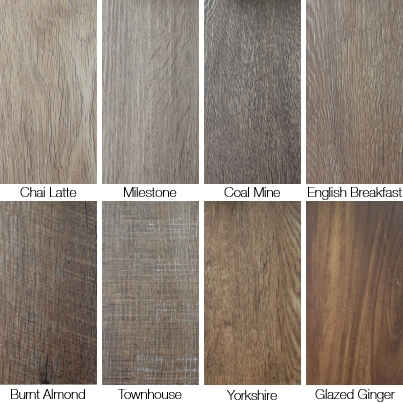
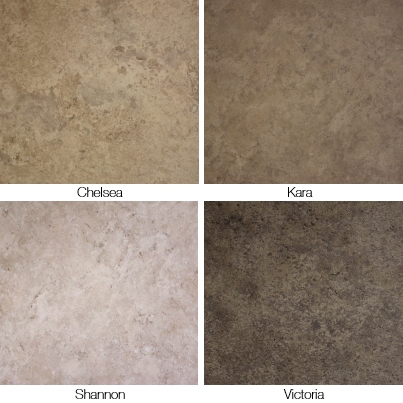
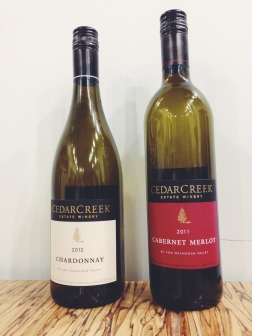 Cedar Creek 2012 Chardonnay
Cedar Creek 2012 Chardonnay 